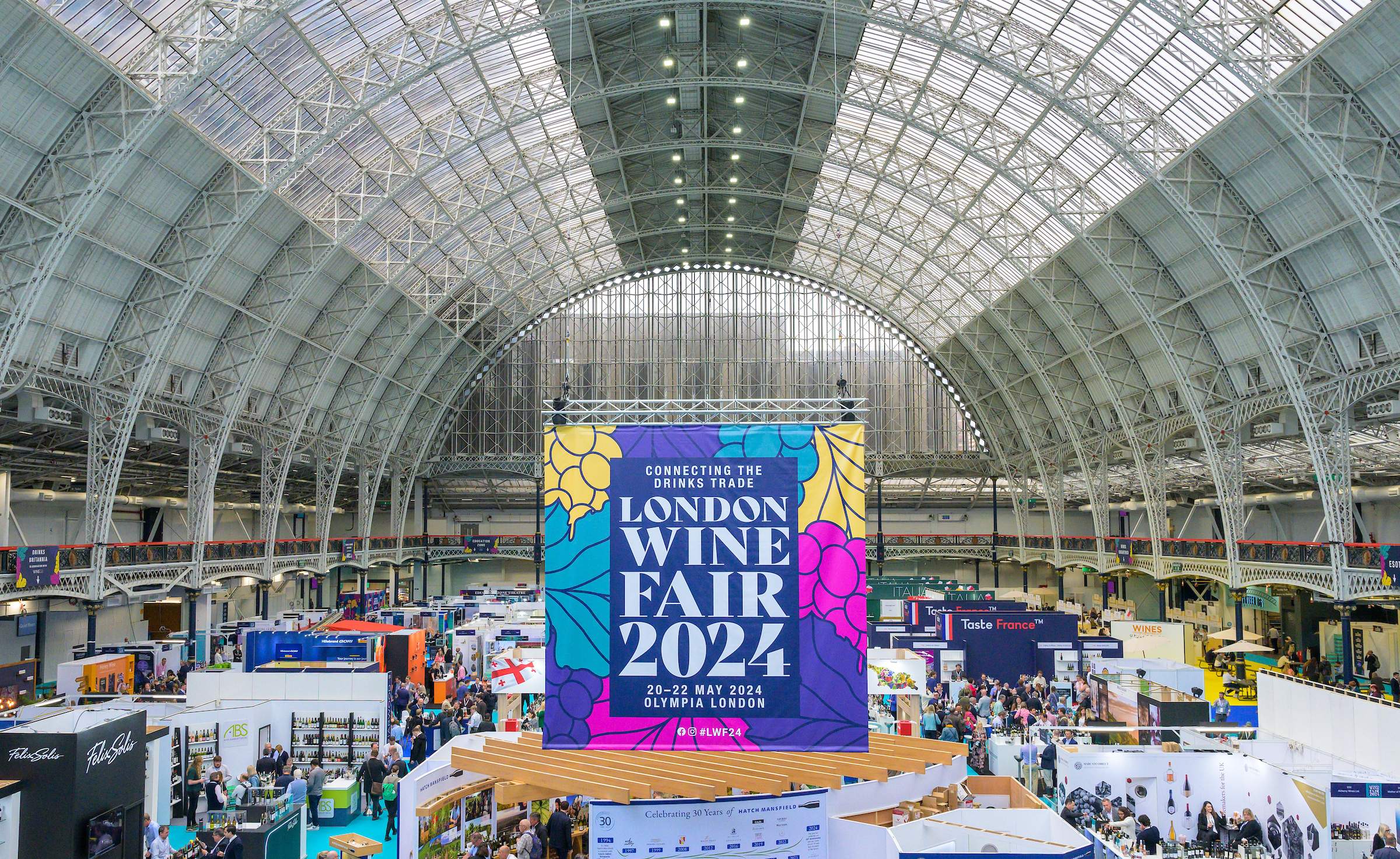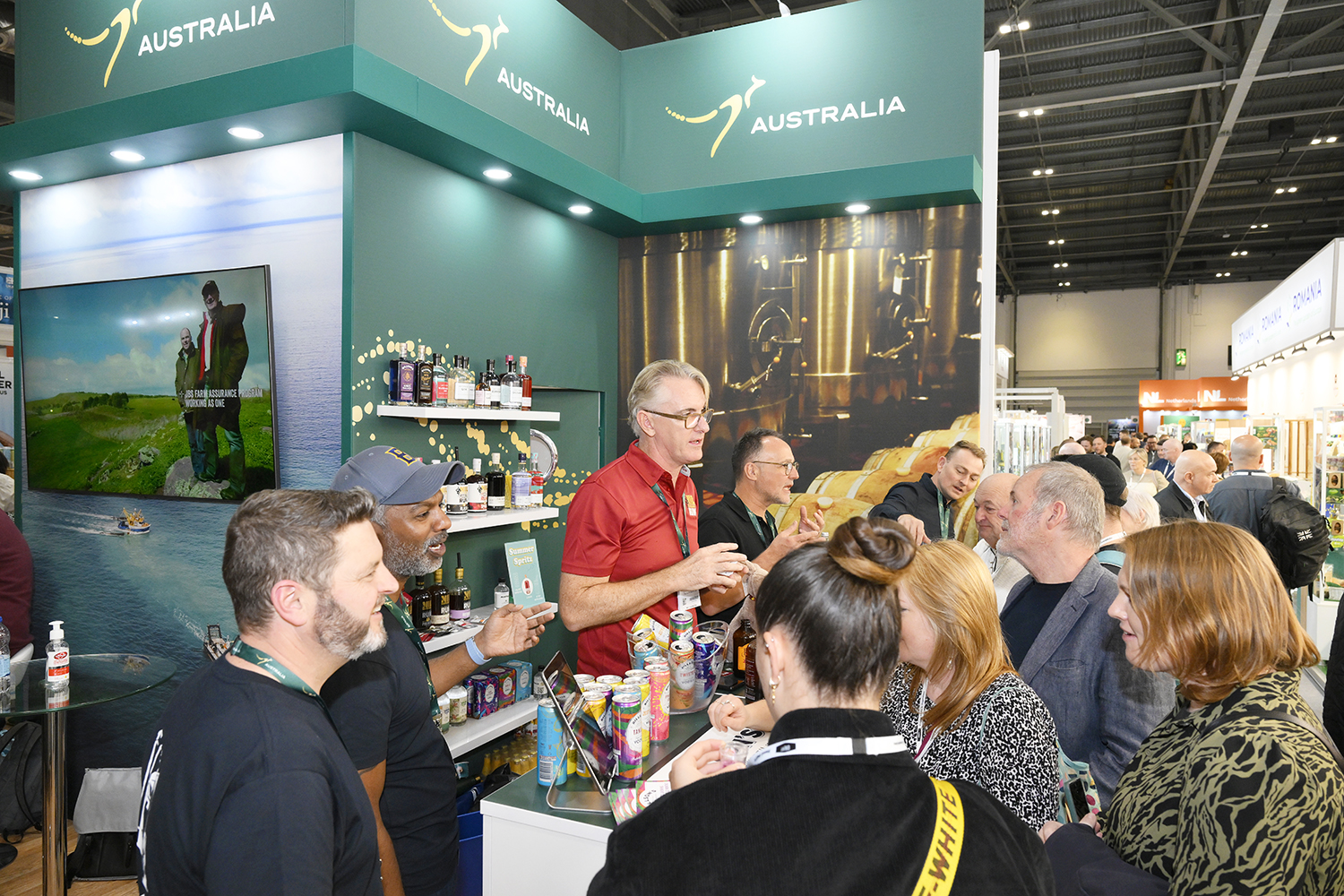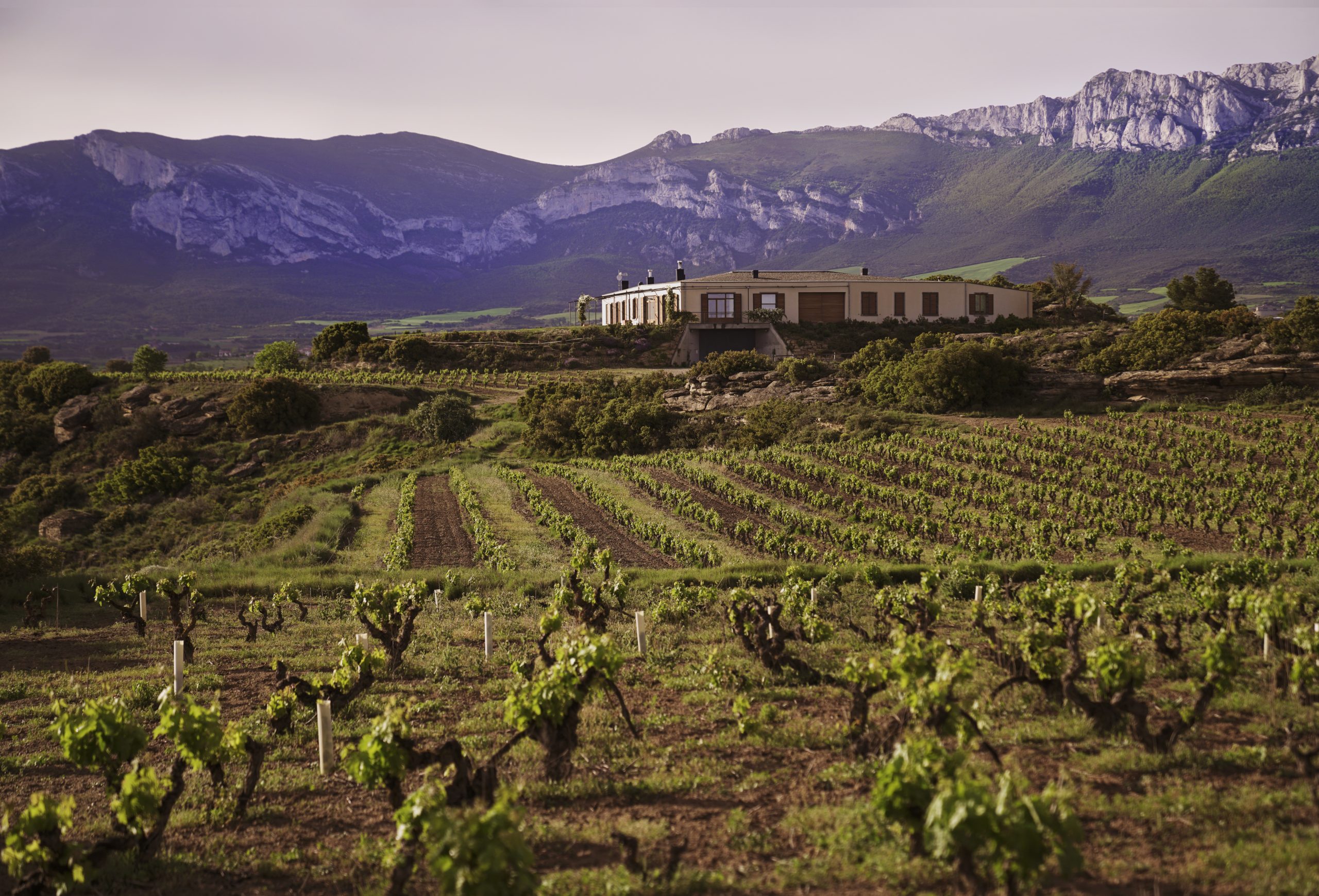This website uses cookies so that we can provide you with the best user experience possible. Cookie information is stored in your browser and performs functions such as recognising you when you return to our website and helping our team to understand which sections of the website you find most interesting and useful.
Top 10 revolutionary drinks
By Rupert MillarWhile events such as the French and Russian revolutions have shaped history and dictated the course life as we know it today, it is the smaller details, the driving forces leading up to these episodes that are of particular interest.
As drink has been part of mankind’s culture since time immemorial, it is no surprise to learn that it has played its part in some of history’s greatest events.
Drinks have, on occasion, inspired rebellion and vice versa. Glasses of wine make brief cameos throughout the centuries and the industry has profited from some rebellions too.
Here are some of the best and most famous but if you have any more revolutionary connections, leave a comment below or contact us at info@thedrinksbusiness.com
Death by Malmsey
The first story here is born out of a failed rebellion, although it is merely part of a series of rebellions that wracked England throughout the 15th century.
Edward IV, having wrested the throne from his distant cousin, the mad Henry VI, was sure to consolidate his hold on power and extirpate those who would oppose him – one of whom happened to be his own brother.
George, Duke of Clarence, was Edward’s younger brother and also older brother to the future Richard III.
Although he had fought by his brother’s side during the initial battles against the Lancastrians, power and a fondness for drink led to his downfall.
A plot against his brother saw him imprisoned in the Tower of London and eventually, so legend relates, put to death by being drowned in a butt of Malmsey (which if nothing else shows Portuguese wine has been popular in Britain for a long time).
A butt of wine, at 477 litres, is easily enough to drown a man in, and a body thought to be Clarence was exhumed at a later date showing no signs of beheading – the noble’s traditional death. Certainly he was not executed publically – so perhaps it’s true?
Claret on the scaffold
At the end of the English Civil War, a glass of wine makes a backstage appearance at one of the truly revolutionary moments in British history, namely the execution of Charles I.
As he waited to exit Banqueting Hall, Charles fortified himself with a glass of claret to help steady his nerves.
Not only was his death the only time this country executed a monarch, it also lead to Britain becoming a republic for the first and only time in its existence.
Republicans should be wary of cheering too loudly though, as the Commonwealth of 1649-1660 ushered in a military dictatorship under Oliver Cromwell, as well as an era of puritanical zeal, which led to the banning of feasting and drinking at Christmas and the banning of music and dancing, the imposition of fines for swearing, rigorous church attendance and observation of fast days.
Who said all revolutionaries were cool?
Gin and the Glorious Revolution
The Glorious Revolution of 1688 is a period of British history that really ought to be better taught (like a lot of things).
The deposition of Catholic James II and ascension of Protestant William of Orange and Queen Mary led to the drafting of the Bill of Rights in 1689, which enshrined the principal of constitutional monarchy that has been followed ever since.
On a drinks note, however, the tying of Britain with William’s territories in the Low Countries led to an explosion of popularity in gin, inspired by the Dutch original jenever.
A dram for Bonnie Prince Charlie
The ’45 rebellion comes to an end on Culloden Moor
Bonnie Prince Charlie is an example of a revolutionary inspiring present day drinks companies.
The story of the dashing prince returning to reclaim the Stuart throne (lost in the previous story) only to be defeated on Culloden Moor and forced to flee “over the sea to Skye”, is the stuff of myth, adventure, Robert Louis Stevenson’s Kidnapped and overall Highland romanticism.
His death in Rome in 1788, exiled and alcoholic is less remembered.
However, it’s the story that counts and they don’t come much better hence the reason behind the now discontinued bottling of the “Dearly Departed” blend that Glenfiddich once ran.
Furthermore, the legend also stands that the prince bequeathed his own private eau de vie recipe to the MacKinnon family as thanks for their service and aiding his escape.
That recipe went on to make Drambuie – although, like all stories, it may just be that.
What is more likely, however, is that the wild highlanders making up Charlie’s army were no strangers to the local uisge beatha, soon to carve its own niche as a famous Scottish export.
When in the course of human events…
The signing of the Declaration of Independence on 4 July 1776, is one of those dates stamped indelibly on the minds, not only of Americans, but of millions around the world.
And when the signing was over, its authors toasted their achievement with a glass of Madeira.
Madeira was an exceptionally popular drink in the 13 colonies and some of the finest Madeira cellars in the world today still exist in states such as Virginia and the Carolinas.
It was a favourite of Thomas Jefferson (whose famous cellar has caused such problems since) and future presidents George Washington, Benjamin Franklin and John Adams were all known admirers of the stuff.
Adams in particular commented to his wife Abigail on the amount of Madeira he consumed while a delegate to the Continental Congress in Massachusetts.
Aux armes citoyens!
The Bastille is stormed
Champagne appears to flow through the story of the French Revolution as freely as aristocratic blood through the furrows of fields (if the Marseillaise is to be believed).
Why the revolution started is well known, with building resentment against the increasingly decadent and corrupt French ruling classes finally erupting in the storming of the Paris Bastille on 14 July 1789.
Partner Content
Part of that decadence can be linked to either Madame de Pomadour (consort of Louis XV) or Marie Antoinette (wife of Louis XVI) either one of whom legend asserts offered their breast as the model for the classic Champagne coupe.
Meanwhile, one of the leading revolutionaries, Georges Jacques Danton was born in the Champagne region in the village of Acris-sur-Aube.
Another legend asserts that he even bathed in the stuff, whether this is true or not is of course pure speculation and probably largely linked to his rather wild lifestyle but he did bathe regularly – a practice that led to the grisly murder of his fellow revolutionary, Jean-Paul Marat, stabbed to death in his tub by Charlotte Corday.
Eventually, though, like all good tragedies, Louis, Marie Antoinette and Danton all ended up at the mercy of Madame Guillotine.
The Whiskey Rebellion
Perhaps the least known revolutionary movement listed here but one absolutely tied to the drinks industry, the Whiskey Rebellion of 1794 saw US farmers who sold their grain for whiskey production revolt against a new tax.
The rebellion centred on Western Pennsylvania, where protestors used violence and intimidation against federal tax collectors as they protested the levy.
Things progressed so far that 500 men attacked the home of tax inspector General John Neville and caused General Washington – who was president at the time – to call up 15,000 men from Virginia, Maryland and New Jersey to suppress it.
In the end there was no confrontation and the rebels slipped back home as Washington approached.
The tax continued to be evaded though until it was repealed by Thomas Jefferson in 1800.
Tequila revolutionary
Father of the Nation – Miguel Hidalgo
Mexico has undergone more than its fair share of revolutions but in 2010 it celebrated the 200th anniversary of its independence from Spain.
And the father of that liberation movement was Miguel Hidalgo, who owned Hacienda Corralejo, which was founded by his father and which produces Tequila to this day.
The mid 19th century saw Spain lose much of its Central and South American empire.
Locked in conflict with Napoleonic France, it had little time or money to spend on maintaining its overseas colonies and, one by one, they sought their independence.
The most famous of these were the campaigns of San Martin and Simon Bolivár in South America but equally well-remembered in Mexico is Miguel Hidalgo.
Although born to Spanish parents and of land-owning stock, Hidalgo’s time working on his father’s hacienda and as a parish priest made him a passionate supporter of Indian and creole causes.
His campaign for greater liberty and recognition of these people gradually grew into a revolution in 1810.
After some initial success Hidalgo was eventually captured, publically defrocked and executed in 1811 in Chihuahua.
However, after a difficult struggle, Mexico gained its independence in 1821 with Hidalgo hailed to this day as “father of the country”.
Anarchists and Bolsheviks
The Russian Revolution is one of the most famous in history but it was the threat from another revolutionary group that led to the creation of one of wine’s great names.
Cristal was created at the behest of Alexander II in 1867 to be the exclusive Champagne to the Russian court.
Its clear glass and solid base were supposedly designed to prevent bombs being smuggled into the court by anarchists who were out to assassinate him.
They came close on a number of occasions, notably when one named Alexander Soloviev got so close he was able to take five shots at the tsar as the latter was walking through a park to the Square of the Guards Staff.
The tsar escaped by running in a zigzag fashion and Soloviev was hanged. Alexander was eventually killed by a bomb hurled at his carriage in 1881.
His grandson was to be the last of the Romanovs however, deposed in 1917 in a revolution that would usher in the Soviet Union.
It is worth noting that from 1914 to 1925, Russia was in a state of prohibition that had been brought in with the advent of the First World War and did not end until after the death of Lenin.
The theory behind this apparently stemmed from Engels who noted that in the intoxication of the workers in the Manchester slums of 1845 was a result of the degradation they received at the hands of the capitalists.
Once they were emancipated, the idea went, this behaviour would stop. Stalin relaxed the ban in 1925 due to its unpopularity.
Cuba Libre!
Contrary to popular perception, the famous Cuba Libre cocktail was not invented in the wake of Fidel Castro and Che Guevara’s pop art friendly revolution.
In fact it was said to have been invented either during or after the Spanish-American War of 1898 when US troops – including future president Teddy Roosevelt – threw out the Spanish and, in time-honoured tradition, introduced Coca-Cola to the freed masses.
As might be expected, the major rum distillers all have alternative stories about how the drink was created with their own brand but as this line-up is about revolutionaries let’s fast-forward again to the 1950s.
Not to be outdone by the capitalists and their popular drink, Castro in fact has a rum-based cocktail named after him as well.
Very similar to a Dark ‘n’ Stormy, the Fidel is 4cl of dark rum, the juice of half a lime and topped up with ginger ale.
An alcohol-based petrol was also developed in the wake of the revolution due to a fuel crisis.
However, the new communist government also set about expropriating private properties which led to Bacardi – which had initially supported the revolutionaries – moving its operations to Puerto Rico.






A footnote to Anarchists and Bolsheviks: According to Sebag Montefiori, when the Revolutionaries took over the Winter Palace, they were protected by a battalion of their own army – who promptly got drunk on the wonderful wine they found in its well-stocked cellars. Another battalion was brought in, and by the next day they were all drunk too. Lenin decided he couldn’t trust his army any more, and called in the Fire Brigade. Who also got drunk. So he decided the only solution was to smash all the bottles, and rivers of the best wine in the world flowed through the streets of St Petersburg, to the huge enjoyment of its populace.
Water, too: the Jacobite toast to the king was (supposedly) made holding the glass over a bowl of water – and was thus to ‘the king over the water’, rather than to King George.
Loosely related to revolution, Napoleon’s army supposedly celebrated their Prussian victory in 1806 with a Berliner Weisse. A Berliner Weisse is a delicious tart wheat beer that was popular in the region at the time and often considered beers equivalent to Champagne.
One from Down Under, the Rum Rebellion of 1808 saw Governor Bligh (of Bounty fame), Governor of NSW, deposed by the NSW Corps, which were seen to be closely associated with wealthy landowner, John Macarthur. The Corps ruled NSW till the arrival of Lachlan Macquarie in 1810, at which time the Corps was sent home and replaced by the 73th Regiment of the Foot. Bligh had been the fourth Governor of NSW. It might well be apocryphal but I remember as a schoolkid how we were all told that Bligh was found cowering under his bed when the Corps came looking.
Bligh had earnt the displeasure of the Corps shortly after arriving when he used the Colony’s stores as relief for farmers who had been affected by flooding. The Corps had been earning a nice profit by trading said stores prior to this.
He was also determined to prevent spirits being used for barter (hence how the name, ‘Rum Rebellion’ came to be associated with this event in Australian history, though it was not so labelled until many years later). There were numerous other reasons also why he and the Corps fell out. Bligh prevented Macarthur from providing the Corps with extensive amounts of rum cheaply. And prevented the importation of illegal stills.
Rum actually played only a small role in the Rebellion but the tag stuck.
KBG